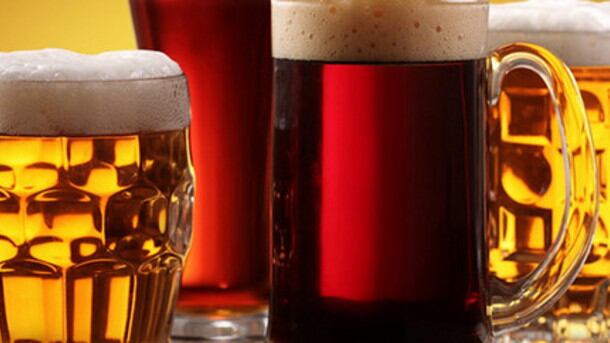Chris Wisson, senior drinks analyst at Mintel, told BeverageDaily.com consumers are careful with their money and brands need to work hard to justify a premium price tag.
‘Premium’ products are abound on shop shelves – but what does the term actually mean, how powerful is this branding, and where is the category going?
'Any brand can call itself premium'
The term ‘premium’ is hard to define, said Wisson.
“It’s one of those terms used increasingly, just attached to a brand, and yes it might be slightly better but it’s not regulated in any way,” he said. “Any brand can call itself premium.”
Consumers remain sceptical that the term ‘premium’ is simply a way to command a higher price tag, Wissen added. Recent research from Mintel shows that 57% of drinkers believe that some ‘premium’ drinks are not premium at all.
As a result, brands need to justify the claims they make to consumers.
“We’re seeing a lot more savvy shoppers, generic terms don’t mean anything to them now,” Wisson said.
“A lot of drinkers are being more discerning. They’re saying: tell me why you’re premium. On the supermarket shelves they may turn the bottle around, look what’s on the label, and if there’s nothing there, it may not get purchased.”
What do consumers define as premium?
Who's talking about premiumization?
- Brown-Forman says premiumization potential gives US whiskey the edge over Scotch
- Private label drinks are muscling in on premium territory, says Canadean
- More consumers want craft or premium beers, says beverage dispensing equipment manufacturer Lancer.
Mintel research recently found that full flavour, high quality ingredients, and extra time and care taken in production top the list of attributes consumers associate with premiumization.
Interestingly, the price was less relevant to consumers: they did not consider it a top defining factor of premium.
Wissen expected consumers would have unreasonably low expectations for premium price tags, but was surprised by the result.
“We asked how much consumers would be prepared to spend on premium – and it was quite reasonable – we thought it would be much lower.”
“The consumer mentality is there, they know the boundaries of what they should be looking to spend, now it’s up to brands to justify that.”
Premiumization in action: craft beer
Full flavour, high quality ingredients, extra time and care in production – the attributes for premiumization mirror what consumers look for in craft beverages – and that’s why the craft beer category is doing so well, said Wissen.
The concept of artisanship, local ingredients, the taste and quality all appeal to consumers too.

“As soon as you attach the word craft it gives it a gravitas,” said Wissen. “But we’re now getting into a situation where craft is attached to everything. The big boys are jumping on and talking about craft style. Maybe ‘craft’ will lose its impact.
“But craft has got a fair bit of legs in it yet.”
We haven’t forgotten the recession
It was only a few years ago that ‘economy,’ ‘affordability,’ and ‘value’ were the buzzwords as recession started to bite. Consumers may be prepared to pay for premium – but Wissen urges brands not to get carried away.
As an example Prosecco has boomed as people trade down from Champagne. Wisson expects to see some people bounce back to Champagne - but adds people won’t abandon Prosecco either.
“We’re still not flash with money: we’re not in recession but that mentality is still entrenched.
“Wages are starting to rise, there is a slight improvement in confidence, but people aren’t going to forget the last five years. Maybe there’s a relaxation of purse strings, but I don’t think there’s going to be a huge change in spending in the next year or two.”
